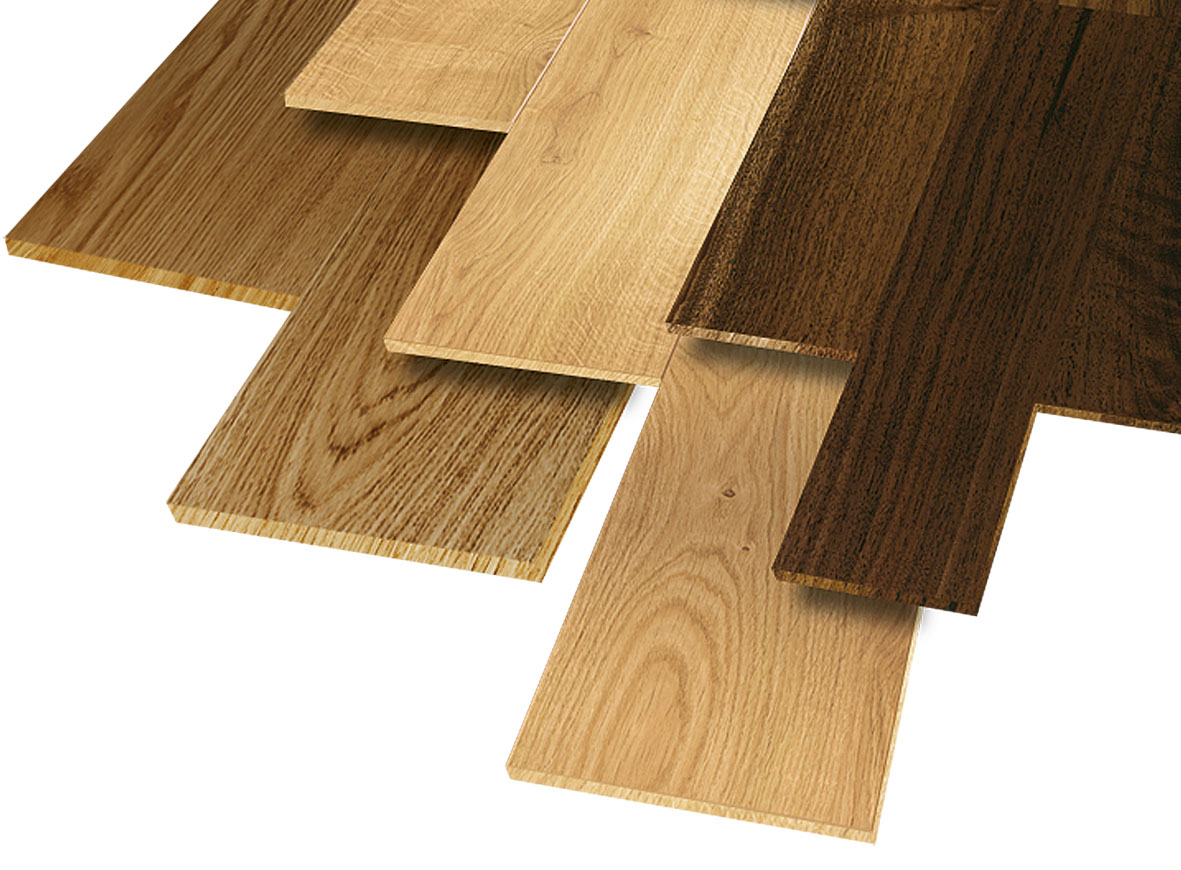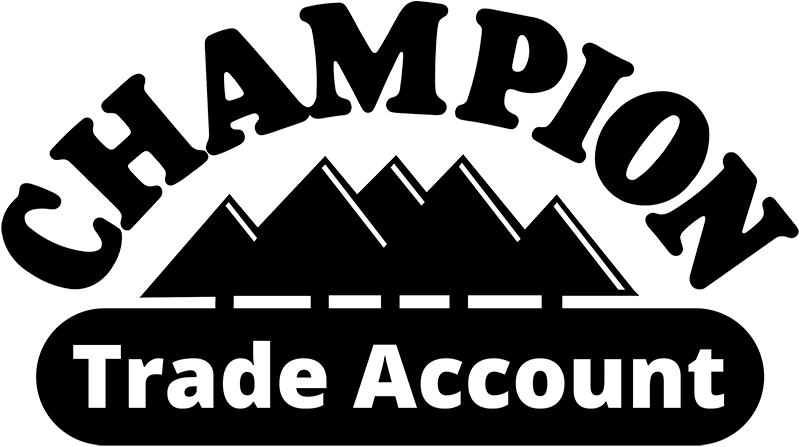
When it comes to choosing a subfloor for your project there are so many options available. OSB, chipboard, plywood or floorboards are all great materials to use – it’s just about what works for you and your current project.
Stability and creaky floors
Using wooden floorboards for your subfloor can offer much more stability and durability compared with sheet materials. The timber used in our planed pine boards have been kiln dried to provide added stability and structure to your flooring. This isn’t to say that sheet materials aren’t a perfectly practical option for subflooring. They come in a range of thicknesses that determine flexibility and stability, so bear this in mind when choosing your sheet materials.
When you’re laying a subfloor, there are a few ways that you can avoid the dreaded creaky flooring. Using solid wood floorboards is going to make a creaky floor less likely as the timber will be fixed in more places. When using a sheet material like chipboard or plywood you can still decrease the chances by using glue along the joists to fully secure the panels.
Gaining access
In terms of having to get access beneath the subfloor, floorboards are the better option. You’ll be able to lift individual panes and only lift a small section of the actual flooring rather than the large sections you would need to remove to lift a sheet of plywood, OSB and chipboard. So, if you envisage needing to gain access beneath the subfloor, floorboards are your answer.
Durability and water resistance
Floorboards have a higher resistance to water and are much more durable. With that said, you can get sheet materials that can be used in damp and humid conditions, although these are likely to deteriorate after a long time.
Take a look at our range of sheet materials.
Fixing subflooring to joists
There are recommended guidelines for using different thicknesses of sheet materials on different joist spans. Although, if you’re working on an older property that has particularly wide joist spans, you’ll need to use solid floorboards for the necessary support.
If you have any questions on which subfloor to use, please get in touch. Alternatively, pop into one of 10 branches across the South East.

